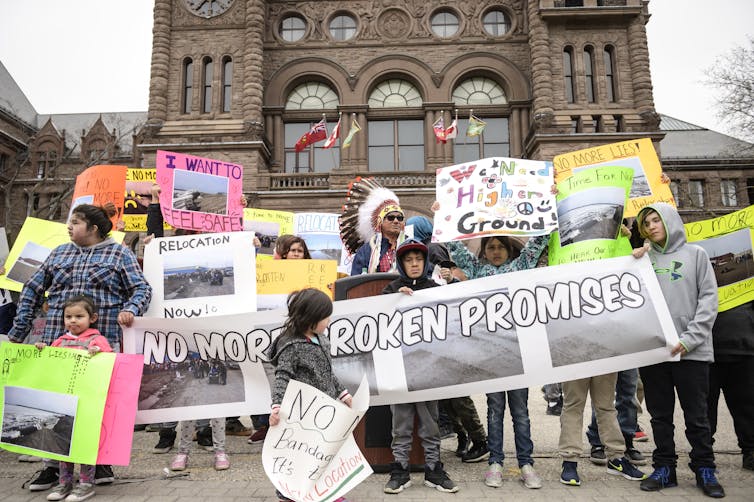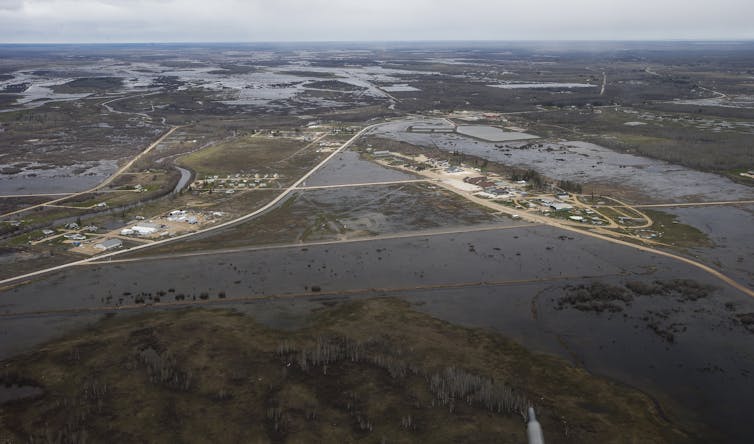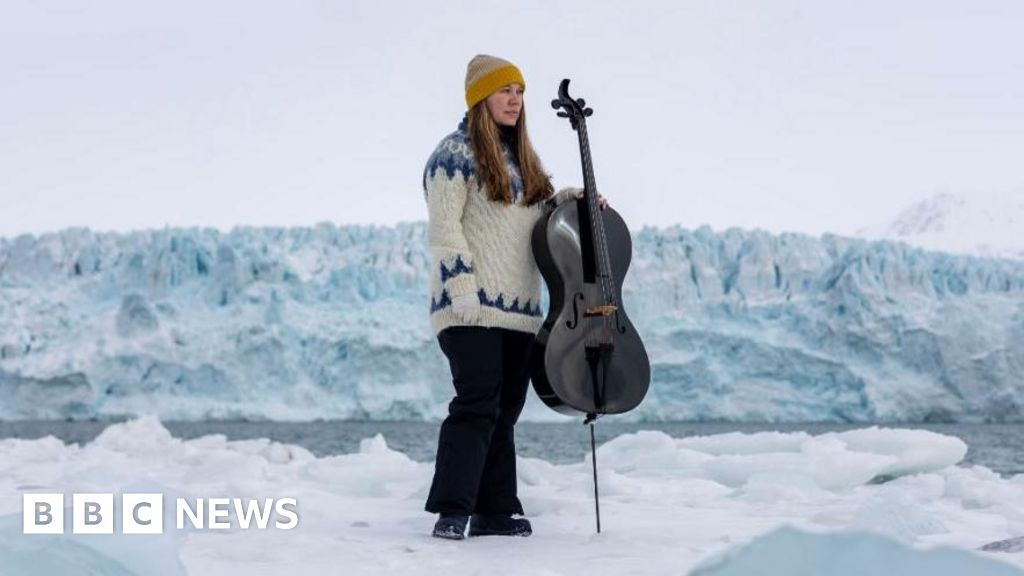As wildfire season begins, the destructive impacts of climate change are being felt across Canada. Several communities in northern Saskatchewan have been issued evacuation orders due to wildfires. In Manitoba, Pimicikamak Cree Nation worked to evacuate hundreds of people as wildfires closed in, while smoke from those fires caused air-quality issues across the country.
It isn’t just wildfires threatening people’s homes and livelihoods. In May, 1,600 residents from the Kashechewan Cree First Nation in Northern Ontario evacuated again due to flooding of the Albany River, which happens almost every year.
The 2018 United Nations Climate Conference called on all states to adopt “laws, policies and strategies” meant “to avert, minimize and address displacement related to the adverse impacts of climate change.”
The figures are disquieting. By 2050, more than 140 million people could become internal climate migrants in sub-Saharan Africa, South Asia and Latin America alone, especially if action towards reaching net-zero carbon emissions continues to be insufficient.
Canada is not spared: 192,000 people were evacuated in 2023 due to disasters made more severe by climate change, including floods and wildfires. As climate change leads to more extreme weather, temporary climate displacement could become permanent migration.

Climate migration
The World Bank defines internal climate migration as having to relocate for at least a decade to a location 14 kilometres or more away from your community because of climate impacts.
Research I presented at the 2025 Canadian Association for Refugee and Forced Migration Studies Conference at Toronto Metropolitan University analyzed how Canada addresses the climate migration challenge in its submissions under the Paris Agreement, which requires parties to adapt to climate change.
The Canadian government understated the reality of internal climate migration in its submissions under the 2015 Paris Agreement, which obscure the gravity of this phenomenon.
One of those submissions is the Nationally Determined Contribution (NDC), the cornerstone report each state party must present every five years. Canada’s NDC from 2021 recognizes that climate change harms certain populations more than others, but does not address temporary displacement, let alone internal climate migration.
The Fort McMurray wildfires displaced more than 80,000 people in 2016, with its population declining 11 per cent between 2015 and 2018. Similarly, the 2019 Québec spring floods displaced more than 10,000 people and, in Sainte-Marie, hundreds of low-income families abandoned the city because they could not afford the reconstructed homes.
A clear definition of internal climate migrants in Canada, robust data and better co-ordination among Indigenous, municipal, provincial and federal governments is needed.
This is something a National Adaptation Act could deliver, as a part of a comprehensive framework to bolster adaptation action across the country.
Transparency lacking
Canada submitted an adaptation communication in 2024. The communication discusses climate impacts but mentions internal displacement only once. It contains no data or discussion of when displacement becomes permanent, nor does it focus on the disproportionate impact on equity-deserving groups.
The government submitted an updated NDC earlier this year. It noted “the devastating impact of wildfires, floods, drought and melting permafrost on communities across the country” but only briefly discusses adaptation, referring instead to the 2023 National Adaptation Strategy. The only mentions of displacement come in appended submissions by Indigenous Peoples, including Trʼondëk Hwëchʼin First Nation and Makivvik.
Indigenous Peoples suffer from flawed adaptation policies and institutional barriers that prevent them from effectively responding to emergencies. As a result, First Nations evacuate 328 times more frequently than settler communities during climate disasters.
In 2011, for example, officials in Manitoba diverted flood waters to Lake St. Martin to protect urban, cottage and agricultural properties. In the process, they flooded 17 First Nations and displaced 4,525 people. Return of the 1,400 residents of the Lake St. Martin First Nation to a new location only started in 2017, and as recently as 2020 displaced families were protesting on highways for their right to housing.
A national adaptation act
Canada should adopt a clear definition of internal climate migrants that captures displacement from climate disasters and slow-onset phenomena like sea-level rise, permafrost thaw and biodiversity loss.
UN experts released a Technical Guide on Human Mobility in 2024, calling for “a sound evidence base on the patterns and trends, as well as on the drivers and outcomes” of climate-induced mobility. It also highlighted the need for adaptation efforts “that are informed by stakeholder consultations” and “existing (Indigenous) adaptation practices.”
Defining internal climate migrants would allow Canada to gather robust data at last, and to act decisively on it.
One first step is the federal government’s pledge of a National Recovery Strategy by 2028, which would set out “shorter time frames for displaced individuals to be able to return to their homes or resettle after climate change disaster events.” But a comprehensive approach is needed to go beyond the fragmented landscape of federal and provincial strategies.
The Canadian government should work with all stakeholders toward the adoption of a National Adaptation Act, like Brazil, Germany and Japan.
Such a law could remove barriers to Indigenous adaptation action, co-ordinate efforts across orders of governments to prevent displacements, define internal climate migration, ensure data collection and protect the rights of people temporarily displaced or internally migrating because of climate change.
It should also aim for greater transparency and accountability than what Canada has so far achieved with its Paris Agreement submissions.









 English (US) ·
English (US) ·